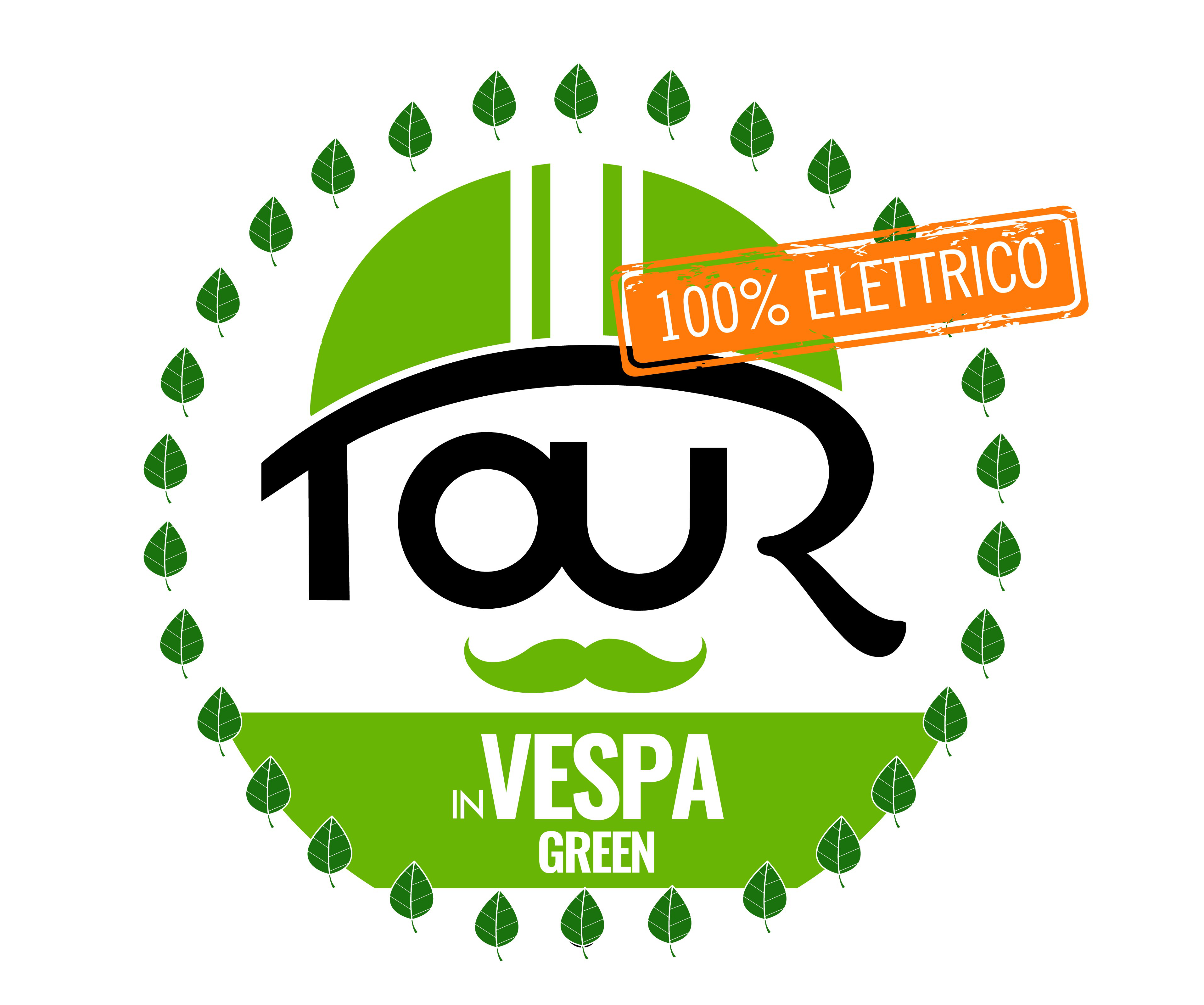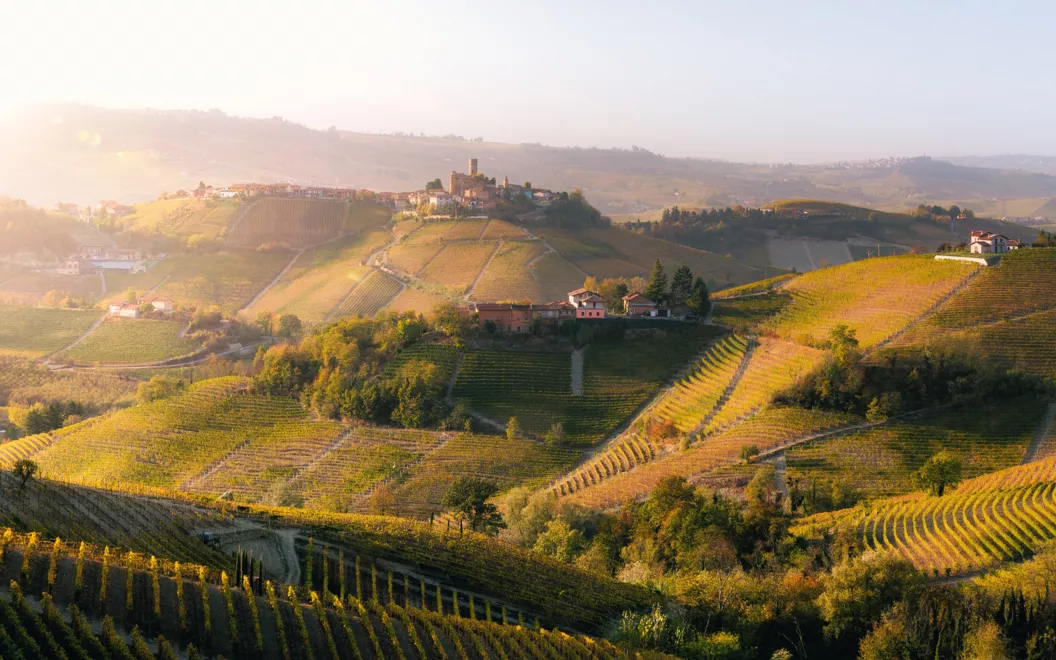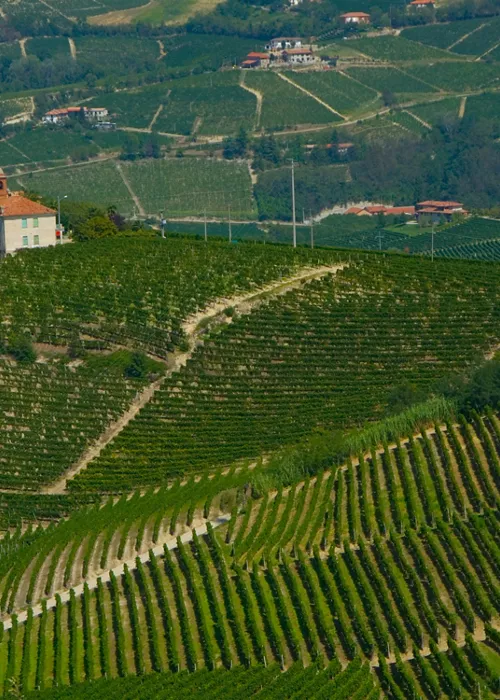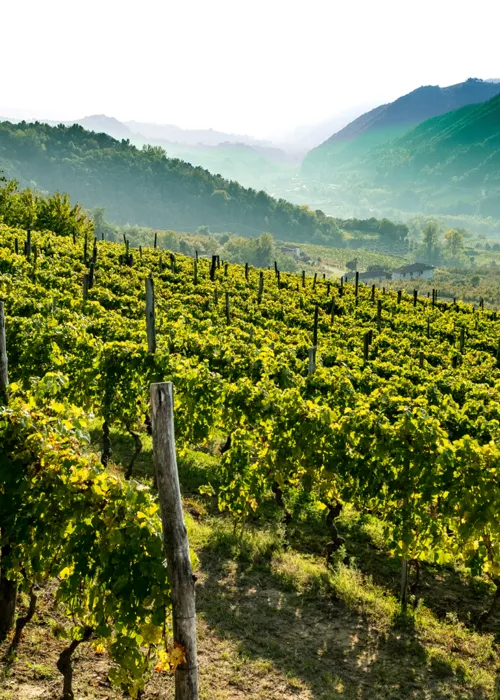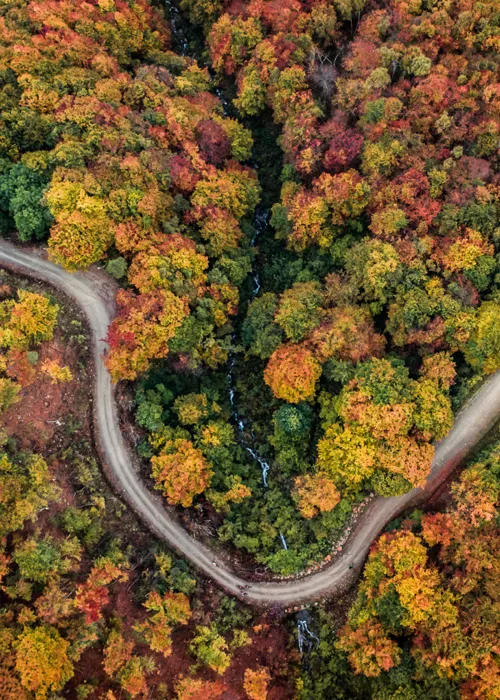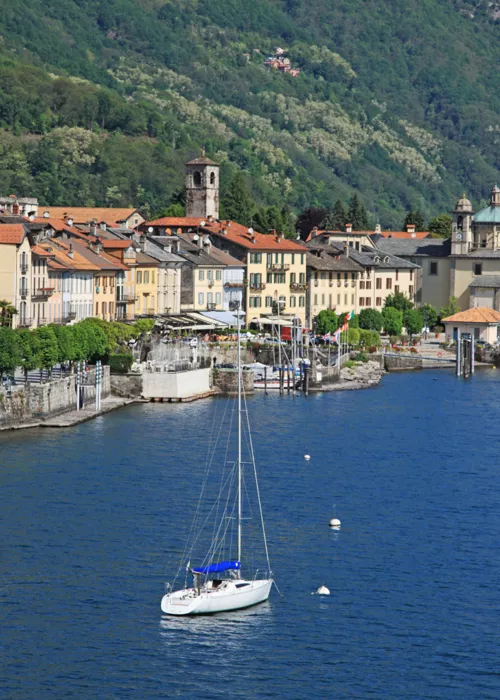Pollenzo, the Romanesque town

Pollenzo was already an important centre in Roman times. Famous for the battle of the same name in which, in 402 A.D., the Visigoths were defeated, it was renovated in the early 19th century by King Carlo Alberto, who wanted to set up a large farmhouse here, creating farmsteads and giving the village back that medieval image he held so dear.
Now forgotten, the royal cellars of Pollenzo were a very important centre of agro-enological experimentation, so much so that they were mentioned several times in the documents of the House of Savoy.
Pollenzo now houses, within the Agency's beautiful architectural complex, the University of Gastronomic Sciences, the Banca del Vino, which preserves the richness and history of Italian wine, as well as the Agency's Guido Ristorante and Albergo.
Verduno and its wines

Rising in an enchanting position and gathered around the castle, Verduno is fascinating with its narrow streets.
Chosen by King Charles Albert of Savoy to set up a cellar for the production of Barolo, today the castle and its more than 100-year-old cellar are also a restaurant and agritourism owned by two historic families in the production of Barolo and other important red wines of the Langhe.
La Morra, the belvedere of the Langhe

Set on a hilltop, La Morra lies in the heart of the Langhe of Barolo. From its Belvedere, the view opens out into sweeping panoramas of the Langhe and Roero hills.
The Cantina Comunale (Municipal Wine Cellar), located in the stables of the 18th-century Palazzo dei Marchesi Falletti, provides a broad overview of wine production and Barolo in particular. The Ratti Museum is certainly worth a visit. Located in the premises of the Benedictine Abbey of San Martino di Mercenasco in the hamlet of Annunziata, it houses a permanent exhibition of work tools and winemaker's implements that bear witness to the vibrant history of wine and the ancient bond with the people of these lands. Let's take a little diversion to visit the colourful Barolo Chapel by English artist David Tremlett.
Barolo, where the king of wines is born

The beating heart of the production of the 'King of Wines' or 'Wine of the King', Barolo welcomes us with its small picturesque village and great history.
Barolo as we know it today is the result of experimentation that Giulia Falletti applied to the vinification method. Here, everything speaks of wine, so much so that the municipal castle houses the Wi-Mu, i.e., the Wine Museum, an innovative museum that tells the visitor, in an engaging way, about man's relationship with the nectar of the gods.
Let's also take the time to visit theEnoteca Regionale del Barolo, described as 'the place' of this prestigious red wine. Inside, we can get to know and fully experience the great protagonist of the Langhe, through a didactic itinerary and the possibility of tasting and purchasing this precious product.
Monforte d'Alba, one of the most beautiful villages in Italy

Surrounded by Barolo vineyards, Monforte is a charming medieval village dominated by its imposing castle. Wandering through the narrow streets of the old part allows one to discover places rich in history and charm and many small architectural gems, which have earned Monforte inscription on the list of Italy's Most Beautiful Villages.
One place not to be missed is certainly the open-air amphitheatre that hosts the internationally renowned Monforinjazz Festival
every year.
A unique territory and a gastronomic richness that goes well with the many taste notes of the excellent Barolo produced in the many cellars in Monforte and the surrounding region.

